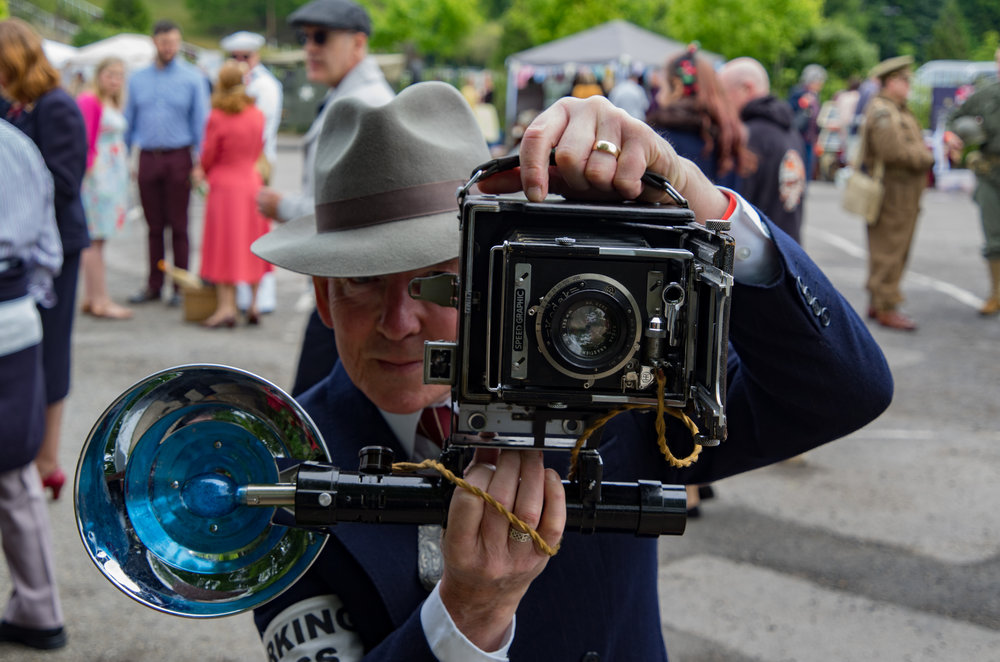
Andrew Tobin in his TL versus M lens comparisons (here and here) has struck a chord with me. Modern high-performance autofocus lenses, not just from Leica but from Fuji, Olympus, Panasonic and others, are now so good that I see little point in fiddling around on with manual-focus lenses on mirrorless cameras — unless it is something you’re particularly addicted to. For me, the manual focusing experience of the Leica M is unrivalled. Attempting to reproduce that experience through anelectronic viewfinder is ultimately less rewarding, especially so when there are so many excellent native lenses out there for all cameras.
Below: The “standard” 18-56mm Vario-Elmar-TL is no mean lens. There is often little point in resorting to manual M lenses for general use
Manually focusing drive-by-wire autofocus lenses was never very inspiring and, I think, this led directly to the desire to use manual lenses, with their short-throw focus rings, on mirrorless cameras. It was just more fun. But things are changing. I have been impressed with the manual focus on some newer lenses, in particular the f/2.8 Leica Elmarit-TL. This lens is a little gem, creating a perfect street-photography outfit when twinned with the Leica CL. Manual focus on this lens feels faster and more direct, almost mechanical, in comparison with older lenses.

And the new 75mm and 90mm Leica Summicrons for the SL feature DSD (‘dual synchro drive”) which attempts to recreate the manual-lens focus experience, reducing time for the entire focus throw to only 250 milliseconds. I hope to be able to try this out, but if it is as good as it is billed, it will render the use of M Summicrons in these focal lengths on the SL rather redundant. You can have a much improved manual focus indulgence when you wish; and at all other times you have superb autofocus to tempt you.
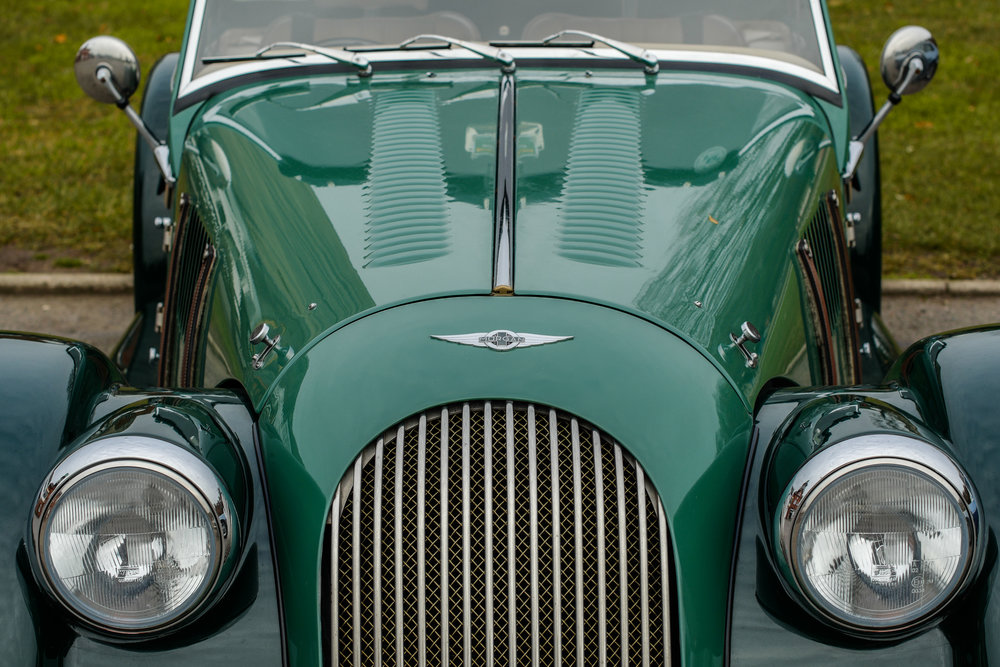
There are still some cogent reasons to mount manual lenses on mirrorless cameras. Very fast lenses, for instance, are hobbled on the M10 and other M cameras because of the 1/4000s fastest shutter speed. In bright conditions, even in a London winter, an f/1.4 Summilux or an f/0.95 Noctilux, cannot be used wide open unless you fit an ND filter.
Mirrorless cameras such as the SL and CL remove this restriction because of their often faster shutter speeds. On the SL, for instance, you can shoot the Noctilux wide open in most circumstances, taking advantage of that Rizla-paper depth of field and wonderful bokeh. As I have written before, the SL is just made for the Noctilux — it really comes into its own on this full-frame bruiser. This is not just because of the fast shutter, it is because the SL is more of physical match for the portly Noctilux than smaller footprint cameras such as the M or, certainly, the CL. The SL/Noctilux combination plays well and the substantial grip on the SL is a bonus with such a heavy lens.

Another good reason to use manual full-frame lenses on crop-frame sensors is to take advantage of the different focal lengths when the lenses are mounted on APS-C or micro four-thirds cameras. If you are new to the subject, APS-C has a “crop factor” of 1.5 while the smaller micro four-thirds sensor crops by a factor of 2. Hence, the 50mm Noctilux becomes a 75mm on APS-C cameras such as the CL and 100mm on m4/3 bodies such as the new Panasonic G9.
You can play musical chairs and enjoy three different lenses in one provided you have the right combination of bodies. Of course, the crop can be seen as a disadvantage. For one thing, you are using only the central part of the lens (which, serendipity says is often the sharpest bit) and increasing the focal length is not always an advantage because it leaves you short of usable wide-angle lenses. To get 35mm on a Panasonic GX8 or G9 you need an 18mm M lens — too big and too expensive. Perhaps.
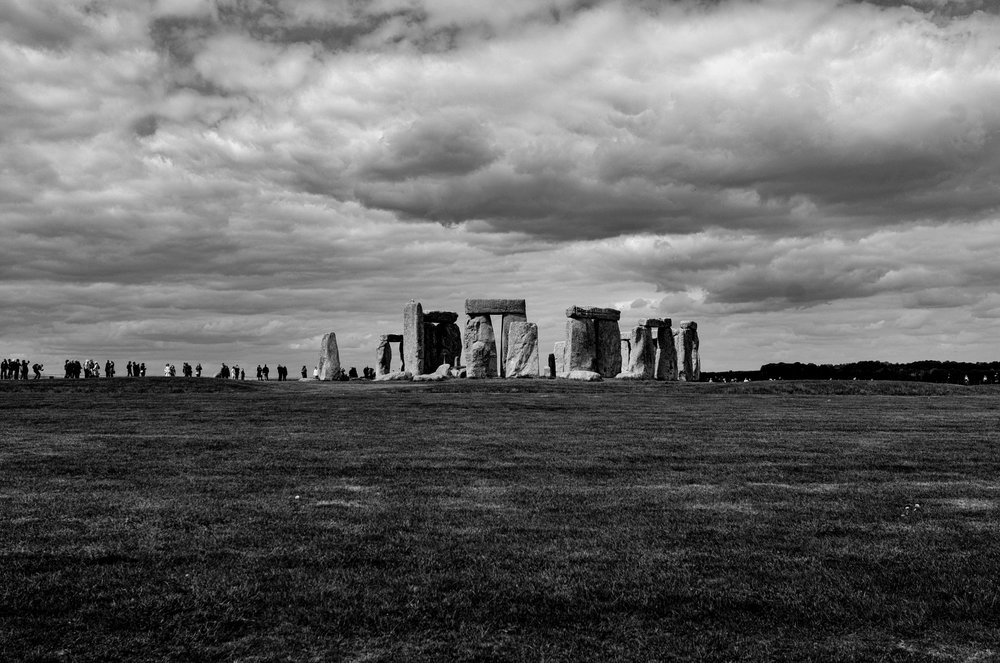
Finally, and perhaps most compelling, is the convenience of using specialist manual glass on smaller sensors in order to avoid shelling out for an equivalently fast lenses. If most of your photography is taken at medium apertures however, native lenses, including the better zooms, are perfect. But if you want the widest possible aperture and have the M lenses on your shelf, then they are an economical way of achieving a narrower depth of field. It’s important, though, to bear in mind that depth of field is wider at a given aperture on crop sensors — again by a factor of 1.5 on APS-C and 2 on micro four-thirds bodies. So on a crop-sensor camera you are not going to get the razor sharp effect you’ve enjoyed on a full-frame M or SL, even with the identical lens. And if you want to go one better, there’s always medium format.
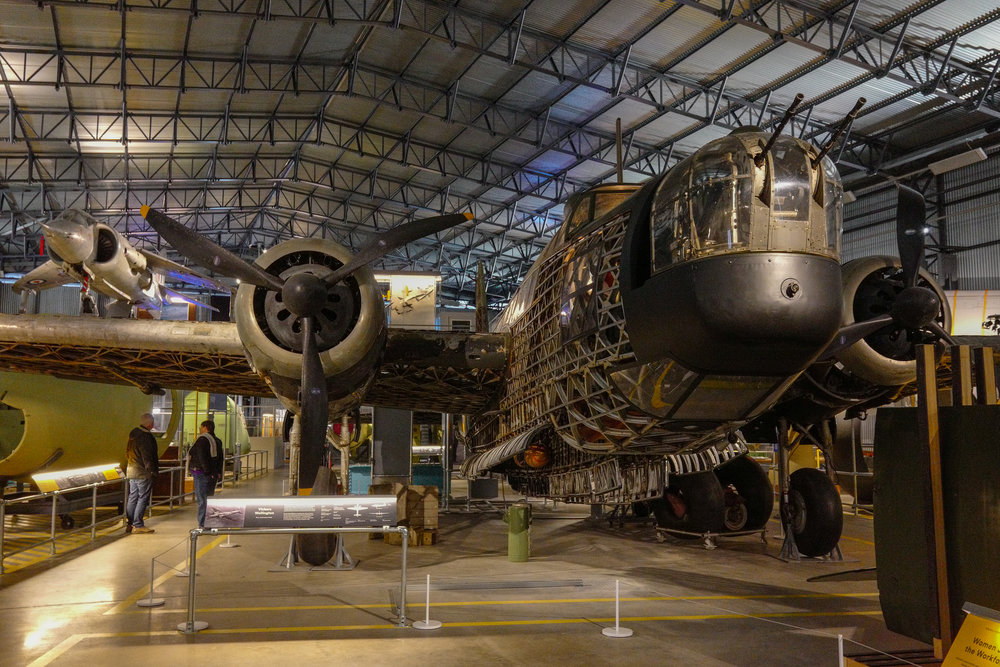
All these factors are part of the necessary decision process if you already own manual lenses. Increasingly, though, I see little advantage in acquiring manual-focus lenses simply to use on mirrorless cameras. They are a necessary part of the Leica M world (and we all love them), but the newer native autofocus lenses will perform just as well, if not better. As Andrew Tobin set out to prove — and, in my opinion, succeeded — the Leica TL zooms can perform as well on the CL as M primes costing three, four or five times as much.

I have enjoyed using M lenses on mirrorless cameras and I’d recommend the experience to anyone. But in practical terms, I am now much happier to stick with the native lenses — especially the superb TL primes and even the zooms — without feeling in any way shortchanged. And I have the advantage of choice between autofocus and manual.
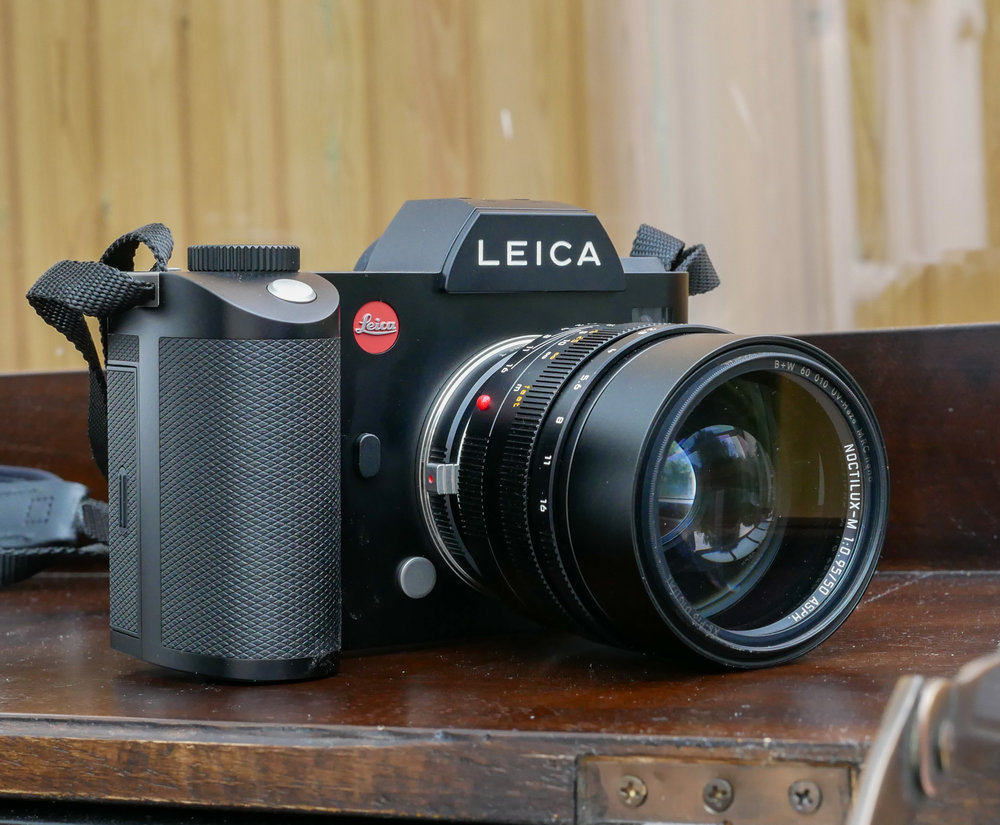
I’ve written this rather tongue in cheek. I am sure others will argue that using manual lenses on mirrorless cameras is an absolute delight and something to be indulged in at every opportunity. What do you think? Is there still a genuine place for manual lenses on mirrorless bodies?
____________
- Subscribe to Macfilos for free updates on articles as they are published
- Want to make a comment on this article but having problems?

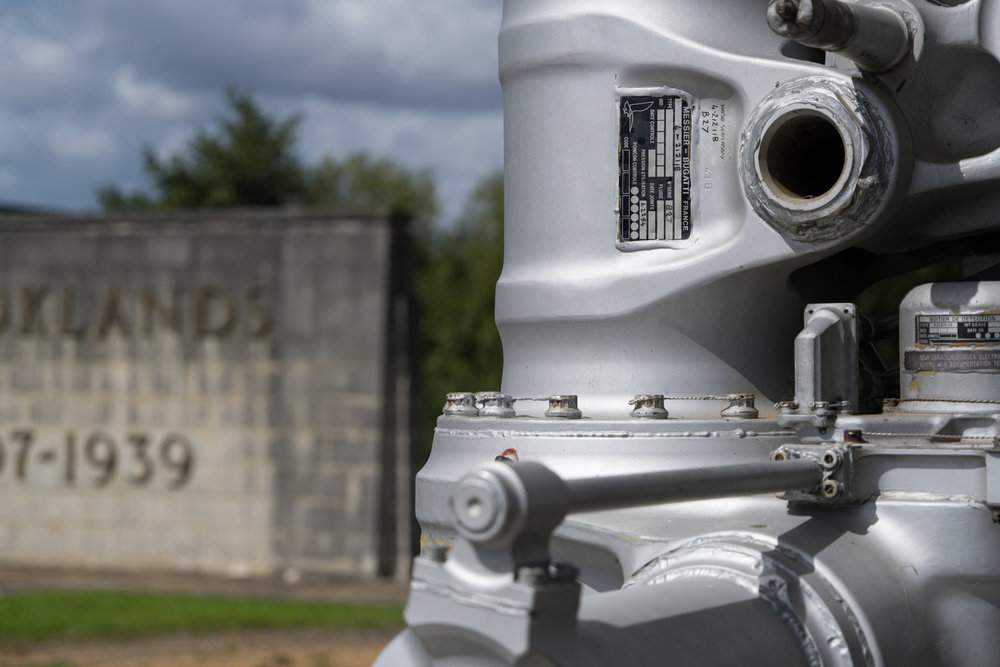
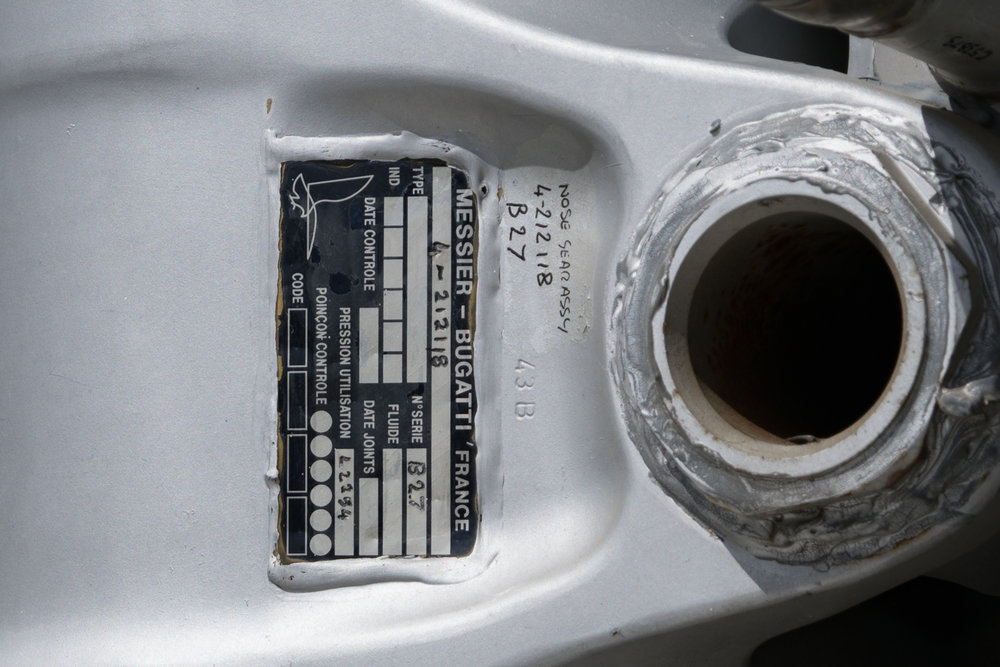
I bought a very nice XE-2 in December, which are very inexpensive, to put dad’s old LTM lenses (35/3.5, 50/3.5, 90/2.8) to work and and dip a toe in mirrorless. After taking some better-than-I-thought-it-would images (e.g. https://flic.kr/p/Dxvmwt), the urge to test a native fuji lens took hold, so I bought the 27mm a few weeks ago (I want a pocketable combo). This all brought me to your same conclusions.
The Fuji is difficult to love. It has higher highs (some wonderful images, portraits particularly), but then lower lows (exposure, um, ‘photometry’ oddities, difficult buttonology (e.g AEL, AEF), heavy internal processing, even in raw(?) and odd color profiles that take some real work to fix), have made it a difficult companion. I’ve never shot 40mm before and it’s a wonderful goldilocks general purpose length. Focus speed is good, it’s small and plenty sharp. I like the 27mm a lot. This is my relationship with Fuji <1st sigh>. Then I tried the new CL w/23mm and thought, "Why, this is perfect…" <2nd sigh>
To clear my head of this nonsense I bought some film yesterday and I’m just going to make some pictures.
Mike
In many ways I agree with you. There is a lot to like about native AF lenses on their matching camera bodies. They generally give us what we want, when and how we want it.
Except in the cases where the face detection wants to over ride your chosen focus point, and focus on the face at the bottom or side of the frame instead of your intended subject. Or you brush the rear screen and move the focus point to an unwanted location. Or one of the other foibles of convenience the camera makers provide that I forget to turn off, and then lose the moment.
As you have probably guessed, I am another person that has fallen hard for the promise of adaptability. I just purchased a new lens and adapter #22 (in Contax/Yashica mount) in the past few days. Though, I will admit there are times and lens/adapter/camera combinations that can be frustrating; which is why I have had so many adapters.
So why do I continue to use adapters and MF/AF lenses on mirrorless cameras when native lenses are so good?
1. It is fun and an adventure trying things that were not possible before.
2. MF lenses give more control without needing to dive into the camera menus.
3. There are lenses with character and image qualities that are not made anymore, that can now be used again.
4. The right adapters allow us to use the best lenses from several manufacturers. Letting us buy pre-owned lenses for significantly less than new native lenses.
PaulB
Thanks, Paul. As you gathered, I wrote the article somewhat tongue-in-cheek with the hope that it would bring some constructive comments — and it has. You are right, of course, all the points you make are valid. I think between us all we have come up with some interesting additions and I am thinking of penning a second article to include some of the very good points made by you and other readers.
Mike,
I agree with one exception: I’ve been very happy with the combination of Fuji X-Pro2 and Leitz Elmarit-M 90mm. I favor 21 to 50mm focal lengths for most of my shots, but perhaps 10% of the time I want a telephoto to get some needed the depth compression effect. Hence I want a lens I can stick in a pocket and forget about until I need it. While the 90mm Fuji is an excellent lens, it is HUGE and hence impractical to carry in a pocket, or at least any pocket I possess. The Elmarit-M 90 on the other hand is a small gem of a lens, sharp and small. It also works perfectly on the X-Pro2.
That’s a very good point, Richard — and even more appropriate with micro four-thirds where a "tiny" f/4 90mm M lens can masquerade as 180mm.
Mike,
you are making a point here and I totally agree with you. Mating legacy or modern manual lenses and mirrorless bodies has been a tempting option since the introduction of the first MFT camera, the Panasonic G1. A temptation I have been succumbing to many times over the years. The fetish value of this is undeniable, and adapters are (or seem to be) so cheap that many of us, as soon as they own an MFT or Fuji or Sony body, don’t hesitate to play with those romantic old lenses lying in their closets or -if they already are in Leica M territory- some awesome German glass.
Well, I have been invariably disappointed by this experience. I do not think photography is all about sharpness, of course. Nonetheless I do not think photography is all about unsharpness either. Based exclusively on real-world photography I found thet even ordinary native lenses largely outperform the most regarded glass as far as optical performance is concerned. As for ergonomics and ease of use in manual focusing, nothing beats an M camera IMHO. There are shooting conditions, though, where relying on a decent autofocus system can make the difference. This is what mirrorless systems are designed for and excel, provided that you pick a good native lens.
I can’t help thinking what good lens I could buy now with the money I squandered in those pointless adapters over the last eight years…
Hi Gianni
Thanks for your added information. You are quite right, especially in your allusion to the “fetish” of assuming manual lenses are invariably better than native lenses. It’s fun but I thinks we need to be realistic about the absolute need for manual glass — as you rightly say. Mike
One reason I use Leica manual focus lenses on my Sony A7SII is that The Leica Society rules stipulate that images submitted to the Society for publication or to TLS Circles must be taken using Leica lenses and / or cameras … thus I’m happy to use e.g. a Leica 19mm Elmarit R lens on the Sony camera … especially for nocturnal imaging at high ISO ratings. Another need is for super telephoto / long focus focal length images e.g. 400mm, 500mm, 560mm and 800mm including additional matched extenders. Hence I have used e.g. a Canon FD 500/4.5 with an FD 1.4x extender with my Leica SL, Leica T and Sony A7S II cameras when photographing birds from a hide. Leica Camera AG’s SL and TL lens’ offerings do not cater for bird photographers’ needs … and by all accounts will not do so in future. There is not even an SL extender included in the ‘road map’ – thus Leica sports and bird photographers have to improvise as best they can. The mirrorless revolution has brought about lots of interesting possibilities for using legacy lenses. Canon and Nikon DSLR sales have suffered due to the versatility of mirrorless cameras. How long do we have to wait for Canon and Nikon to ‘catch up’ i.e. provide FF mirrorless cameras? On the other hand, looks as if we’ll wait forever for Leica SL super telephoto AF lenses!
You are right, Dunk. The Leica Society and it’s rules is a pretty esoteric reason to use manual lenses but I have the same problem — even with micro four-thirds the Leica DG lenses are acceptable but the excellent Lumix and Olympus optics are not.
As an old, ie: 80 year old, Yankee Vietnam War 🇻🇳Combat Cinemagraph/Photographer; I was keenly interested your subject.
Many thanks, Christopher.
For pure utility and ease I’m sure you’re correct. However, for me, the beauty of pure MF lenses on MLCs are as follows.
1. They are nicer to focus than modern lenses with wired MF
2. For most of my photography AF is the lesser choice since I do no action stuff. AF has a tendency to focus where the camera chooses unless resorting to moving a focusing point(s) round with a joystick which is slower than focusing manually
3. You can’t zone focus with modern lenses. Or not easily. Zone focusing is very handy for street work.
4. Enthusiasts enjoy the whole photographic experience. MF lenses such as those made by Leica and Zeiss are beautifully made and have proper aperture and focus rings.
5. MF lenses are smaller and faster.
My case rests. Of course, if you are a travelling landscape photographer there is a lot to be said for these small zoom lenses and, as a user of both the SL and CL, I would be very tempted to buy the wide zoom did I not own the stellar Leica R 21-35 Vario Elmar.
I agree with you. It is fun to use manual lenses and, in most cases, the focusing experience is far superior to using manual focus on an auto lens. The question I posed was largely rhetorical since I am not about to stop using manual lenses. But it’s an interesting subject.
Hi Mike, the attraction of old manual lenses is their rendering of course. E.g. I have zm sonnar 50 glued to my A7RII. And also with manual lenses, I’ve never missed focus. I tried Sony’s excellent 55/1.8 but ended up missing focus so returned that.
The 1.5 Sonnar is a beautiful lens I quite agree. And it is one of those lenses that actually comes into its own on a mirrorless camera, free of the back-focus problems that often present a problem on a rangefinder.